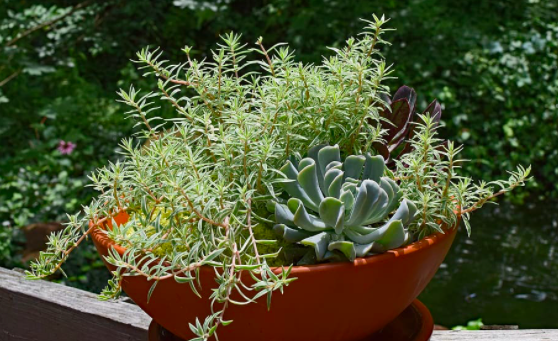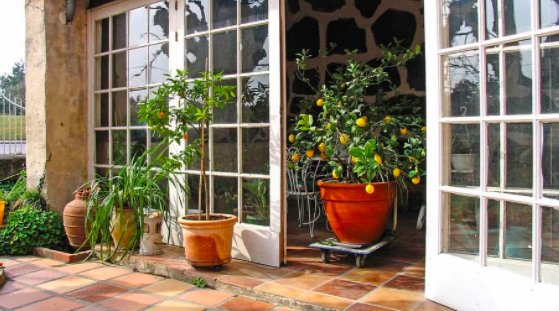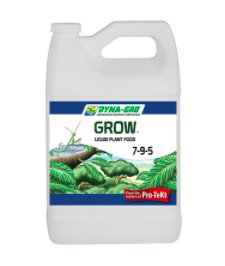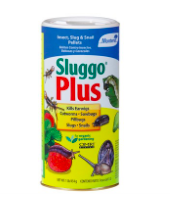
-Pam Scott-
Chances are that most of the plants you keep indoors during the winter are tropical or semi tropical plants. As temperatures warm up and the days get longer, it makes sense to want to bring your beloved plant friends outdoors to enjoy the extra light and humidity that spring and summer have to offer. Many tropical plants will suffer as indoor air conditioning draws all of the humidity from the house, drying out leaves and soil. As the sun goes higher in the sky, many house plants don’t get the sunlight that they were used to in the winter when the sun was low in the southern sky. In addition to being great for your plants, bringing your tropicals outdoors to surround a seating area can create a wonderful oasis as you enjoy warm summer nights with family and friends.
There are a few important things to know before you take your plants outside for the season. Putting your indoor plants outside in direct sun without acclimating them to the new environment can kill them pretty quickly or damage them so that they will spend the rest of the summer repairing themselves. Don’t be surprised if some plants, especially ficus and citrus, drop most of their leaves when faced with an abrupt change in light. They do this so they can put out a new set of leaves with a different cell structure to accommodate photosynthesis in the new light conditions. A slow transition is less stressful for these plants.

Many tropical plants that we have in our homes are actually understory plants that live under tree cover where they have dappled but bright light. A sudden change to direct sun will burn tropical plant leaves leaving the plant weak and unattractive. Signs of a burned plant can be white or brown patches or the leaves turning red or purple, as is the case with succulents getting too much sun.
When you bring your plants outside, be sure that you set them out in a place that gets filtered or dappled light, under tree cover, a trellis or even a shade cloth. Gradually introduce your plants to a few more hours of cool morning sun. Unless your plants are full sun lovers you may want to stop there, giving them a protected half day. This will not only be plenty of light for them but it will make the transition back indoors in the fall much less stressful for your plants. Remember that unobstructed light outdoors is a lot more intense than a sunny window indoors. This slow acclimation process will take about 10-12 days.
Do not move your tropical plants outdoors until the night temperatures are consistently above 55 degrees. Watch the weather carefully to be sure you are not chilling your tropical plants. Be sure to bring them back inside in the fall before the night temperatures drop below 55.

Before putting your plants outdoors you may want to repot or top dress them with fertilizer. The spring and summer months are their optimal growing time, so be sure their roots have plenty of space and nice nutrient rich soil to grow in. Fertilize more frequently as there will be more rapid intake of nutrients, and with summer rains these nutrients will wash out more frequently. DynaGro fertilizer is the perfect nutrient for most tropical plants; use DynaGro bloom on blooming tropicals to keep them blooming throughout the season.
Hot summer days will dry out your plants rapidly. Plants in terracotta pots will dry out faster than plants in plastic or glazed ceramic pots. Be prepared to check your plants twice a day for water when it’s hot out. Trays under your pots will help retain moisture if that becomes a problem.
Summer can also bring on torrential wind and rain. This can cause plants and pots to break. If possible, place them against a wall as a windbreak. Often in the summer, the roots of rapidly growing potted plants will grow out the bottom of the drainage hole, clogging it up, which can lead to flooding and root rot. Be aware of this and be prepared to up pot your plants into larger containers.

Pests will often take advantage of your outdoor summering plants. Be very aware of slugs. Sprinkling Sluggo Plus around the base of your susceptible plants can save them. Ants are another common pest that can damage your potted plants. They will build nests in the soil, destroying the roots and freaking you out when you lift or move an infested plant. Diatomaceous earth is an effective remedy for infesting ant colonies.
Woody-stemmed plants that summer outdoors such as bay trees, olive trees and citrus will attract scale and mealybugs. A thorough spray of Safer soap or horticultural oil will keep these plants pest-free. Be sure that when your plants come indoors in the fall you check the plant and pot for any hitchhiking pests. Spray with horticultural oil or Safer insecticidal soap every few weeks to be sure you don’t have any insects making your house their home for the winter. Always read the instructions on the label to be sure the insecticide is appropriate for your plant.
Following these few guidelines, you should be able to offer your indoor plants a healthy, restorative summer vacation in your yard or on your patio. Stop by Fifth Season Gardening for a huge selection of blooming and green plants to turn any living space into a tropical paradise!

jully069 says
Its amazing information
Thanks for sharing.It’s really good information for backlinks